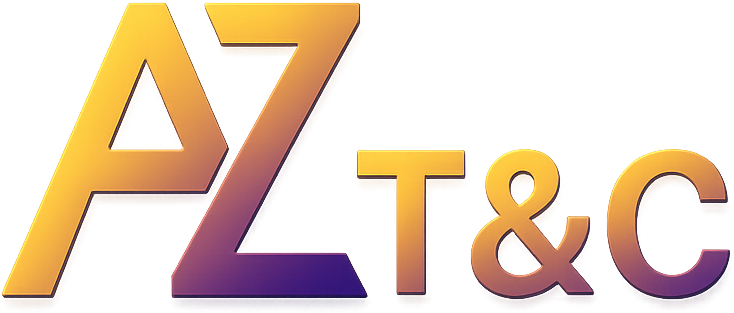This guide explains the difference so you can match the vendor to the job.
The quick summary
- Generalist (“we do WordPress”): Good for simple marketing sites, light customization, smaller budgets/timelines.
- Full-stack WordPress team: Necessary when you have custom workflows, integrations, high traffic, compliance needs, or strict performance goals.
Side-by-side comparison
| Capability | “We do WordPress” | Full-Stack WordPress Team |
|---|---|---|
| Discovery & Architecture | Pages/features by request | Business goals → content model (CPT/taxonomies) → block inventory → integration map → acceptance criteria |
| Front-End | Theme tweaks, page builder | Block Editor (Gutenberg) & custom blocks, semantic HTML, WCAG 2.2, component CSS, design tokens |
| Back-End | Off-the-shelf plugins | PHP 8+, custom plugins/mu-plugins, REST API/GraphQL, CPT/taxonomies, multisite when needed |
| Data & Integrations | Basic form email | CRM/MA integrations, webhooks, server-side validation, spam/gibberish filtering, queueing & retries, audit logging |
| Performance | Caching plugin | Performance budget, Core Web Vitals (LCP/CLS/INP), CDN & cache layering, image pipeline (WebP/AVIF/srcset), TTFB/queries optimized |
| Security | Basic hardening | Least-privilege, secret management, WAF/rate-limits, update cadence, backup/restore drills, plugin hygiene, file perms |
| Accessibility | “Looks fine” review | Landmarks/headings, contrast/focus, keyboard paths, form errors, skip links, alt text policy, periodic audits |
| Observability | Ad-hoc fixes | Structured logs, error tracking, uptime, analytics tied to outcomes, form/event monitoring |
| Governance | Tasks by ticket | Clear SOW, Definition of Done, change control, risk register, collaboration with your PM |
Comparison of typical capabilities between a generalist WordPress provider and a full-stack WordPress team.
When a generalist is enough
- Brochure site or simple landing pages
- Few integrations; forms can be emailed safely
- Low traffic, minimal SEO/performance requirements
- Tight budget and timeline; clear scope
When you need a full-stack WordPress team
- Custom content model, workflows, or editorial roles
- CRM/marketing automation, payments, or other critical integrations
- High traffic or Core Web Vitals targets tied to SEO/ads
- Regulatory or accessibility requirements (ADA/WCAG 2.2)
- Headless/Decoupled, multilingual, multisite, or e-commerce
Buyer questions that reveal the difference
- How will you model content (CPT, taxonomies, custom blocks) and why?
- What does your performance budget look like for this build?
- How do you enforce accessibility during development and QA?
- Which parts will be custom plugins vs. third-party—and why?
- Describe your environments (local/staging/prod) and deployment process.
- How do you handle secrets, backups, and rollback?
- What automated checks run on each commit (PHPCS, tests, linting)?
- How will you log errors and monitor forms, APIs, and uptime?
- What is the change-control process when scope shifts?
- How will you collaborate with our project manager?
Deliverables you should expect from a full-stack team
- Architecture brief & content model
- Block/library inventory and design tokens
- Performance budget & Core Web Vitals target plan
- Accessibility checklist & test report
- Security baseline & hardening notes
- Environments, CI/CD, and rollback plan
- Support/runbook with monitoring and on-call paths
How AZTANDC fits
AZTANDC is an engineering partner: custom WordPress, integrations, performance, and quality practices. We work alongside your
project manager to ship calmly and predictably. If you’re unsure which level you need, we can assess your current site and recommend the right path.
Related reads:
Content Audit → SEO Performance,
Analytics → Growth,
Lead-Gen Case Study.

